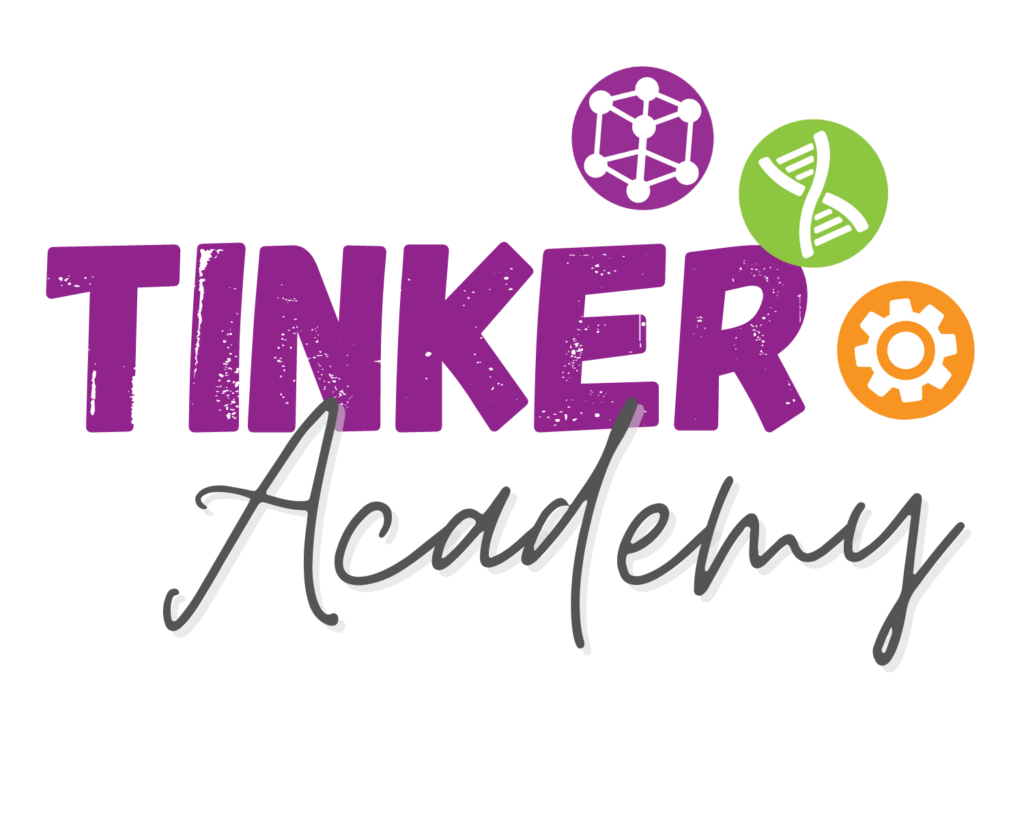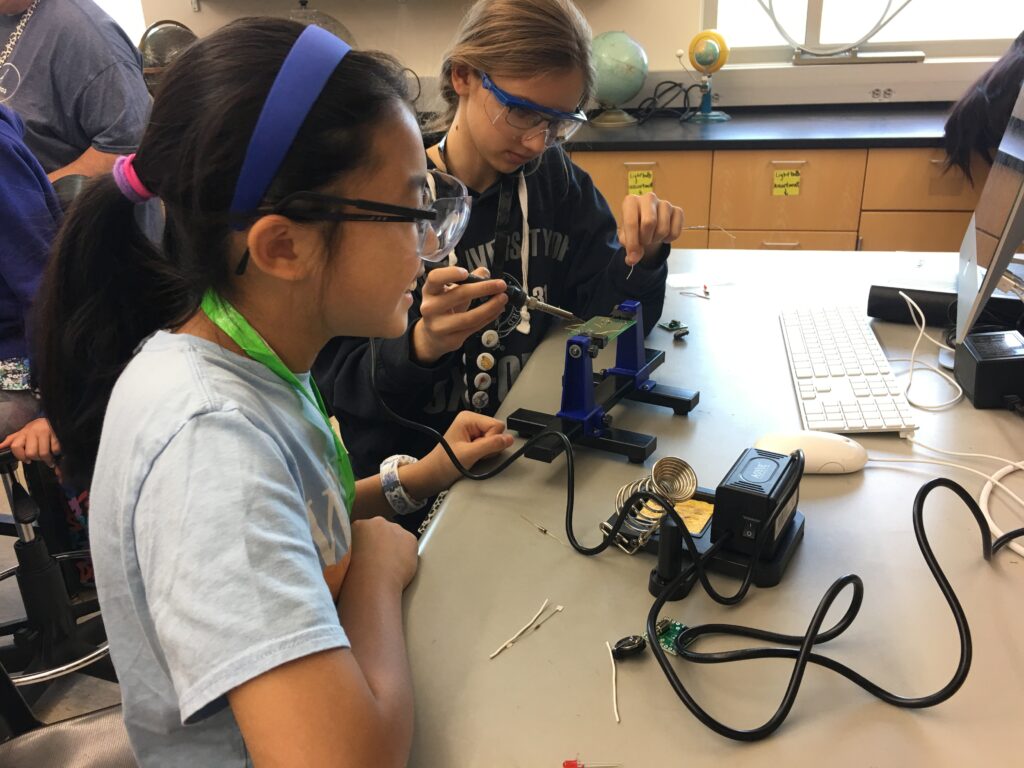
Tinker Manual
Overview Contents
Program Overview
Introduction
The Tinker Academy is a STEM-focused summer camp for middle school girls in Sonoma County. The program is free of charge to the participants and is grant funded through the Career Technical Education (CTE) Foundation (and in partnership with and often with in-kind support of local educational institutions). Established in 2018 and developed in partnership with Sonoma State University, the program is part of a larger countywide effort to solve STEM workforce challenges and create disruptive solutions promoting equity in the STEM workforce.
The Tinker Academy programs focus on this critical age group to stay engaged in math and science through hands-on, related projects. The goal is to inspire and encourage girls and young women, especially thoseidentifying as BIPOC and LGBTQ, to pursue STEM education and careers.
The 2-week program teaches STEM skills through maker activities, including coding, robotics, sewing and 3-D modeling.
This manual acts as a “tool box” containing detailed activities, descriptions, and advice gathered from Career Technical Education (CTE) Foundation’s “Tinker Academy” program. When running your own program, some details may need to be altered to accommodate your specific needs or constraints. The goal of this manual is to share best-practices and guides that can be adapted and implemented to suit future programs and academies! Please use this manual as a guide and adjust to your own program as needed.
Program Goals
The main goals of the Tinker Academy are for participants to build skills, creativity, community, and mentorship connections. Participants build skills through daily practice and tutorials on the Makerspace equipment and activities. They build creativity through supported project design and creation. They build community through collaboratively working on activities or challenges and through mentorship activities. And finally, participants build mentorship connections through their direct engagement and activities with mentor and guest speakers in the program (See Mentor Activities in the Tinker Academy Program Detail folder for more information). Participants of the program also accomplish other goals throughout the program. These include the goal of creating products (such as creating and building items that they have designed, sewed, printed, or built) and learning about careers in the making and design fields (by listening to guest talks and discussions with the techs and mentors).
Traditionally, the academy has concluded with a “showcase” in which the participants share their creations from the programs (See Showcase Resources in the Tinker Academy Program Detail folder for more details). Participants are told throughout the program about the showcase with the idea that they will create a “showcase project” during the program that will include multiple skills that they learned during the program. Family and the community are invited to the showcase to see the participants’ work. At the showcase, attendees wander around to view the projects and chat with the participants. This gives the participants an opportunity to practice explaining their project and the skills they learned.

Program Requirements
There are many essential components involved in the program. The main ones include staffing, space, and supplies/equipment.
Staffing
The Tinker Academy is an eight-day program running over two weeks with four days each week (Monday through Thursday). Our academies were typically made up of:
24 participants (or students)
One instructor lead
One co-instructor (optional)
Four “techs” (see folder “Staffing Guides” for more details
Important roles also include four to eight other staff acting as “mentors,” admin support in the sense of marketing and recruiting for the program and organizing student information (such as emergency contact information), equipment management (this could come in the form of the Makerspace supervisor or director), and other various consultants (in this past this has included local Makers in the field who have given talks to the participants).
Historically, the Tinker Academy program has targeted middle school students and the staff consist of students at the undergraduate level with a lead instructor at the professional level.
The program is best to be implemented during the summer when students are out of school for summer vacation. Shorter (4 day) Tinker Academies have been run over winter break or spring break with success. The shorter duration allows students to still engage in making activities but provides less opportunity for deeper bonding and relationship building between participants.

The Space
The Tinker Academy takes place in a Makerspace with various hands-on equipment and tools. The makerspace used in the past have included equipment such as 3D printers, laser cutters, vinyl cutters, sewing machines, embroidery machines, hammers, drills, irons, and craft supplies. There should be plenty of room in the space for students to spread out and work on projects. It is helpful to have areas in which participants can leave their unfinished projects overnight or during breaks. This means it is best for the Makerspace to be exclusively used for the Tinker Academy during the program. The reason being that students get deep into the creative process during the program. Being able to put down and then pick up their projects can help with the creative flow and productivity.
Supplies
There should be a budget in place in order to account for some of the consumable goods (such as glue, paper, string, details are listed in the “Sample Supply List” in the folder “Tinker Academy Program Details”). We provide an extensive list of useful supplies that have been used for Tinker Academies in the past. Many additional items may be available as surplus in the makerspace or gathered through donations and budget-friendly stores in order to optimize the funds available.
